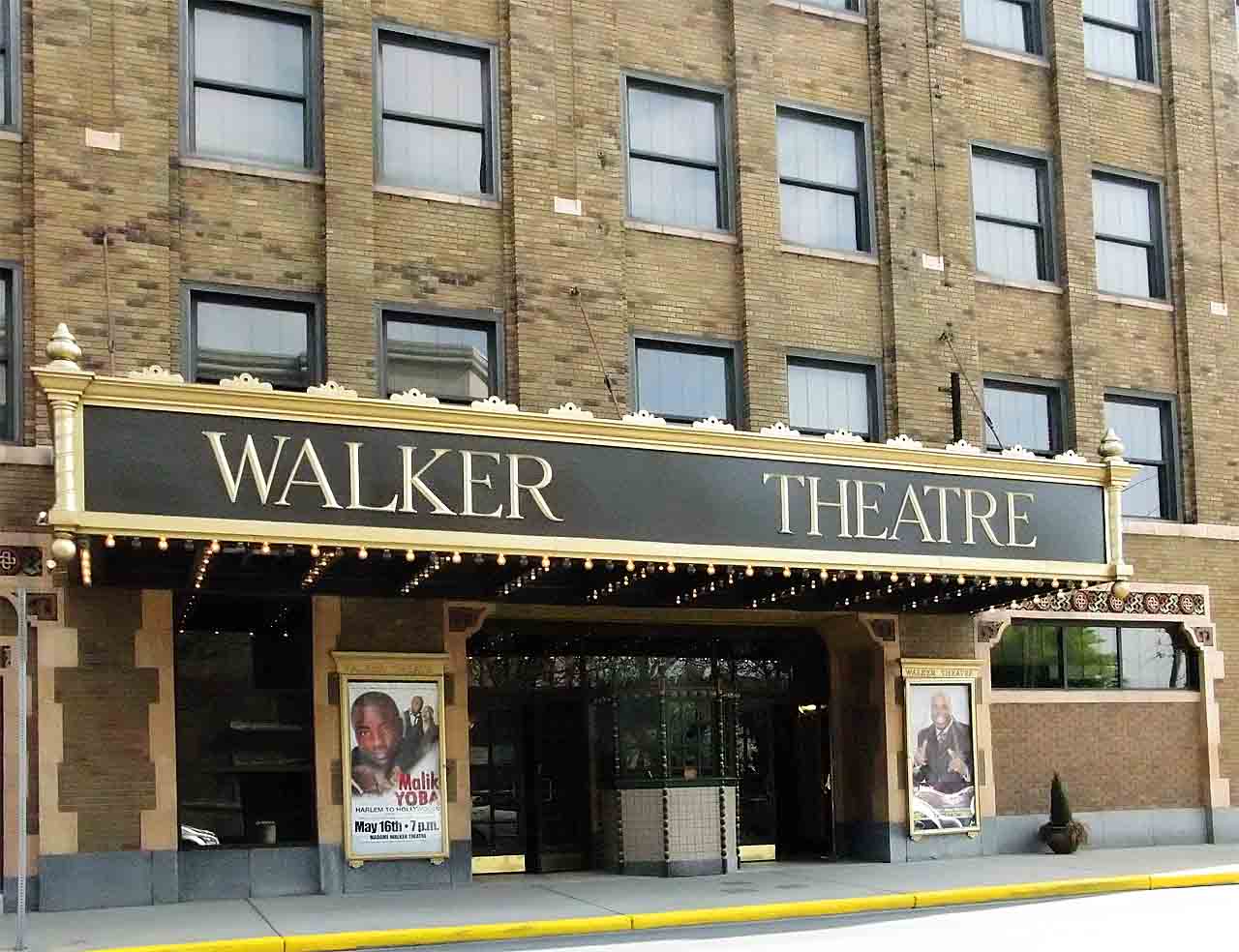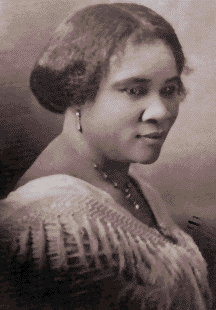

The Madame Walker Theatre Center first opened its doors on Dec. 26, 1927. Then it began its legacy as the hub of entertainment, business and pride for the African-American community.Eight-six years later, the theater still accompanies Indiana Avenue as one of Indianapolis’ only National Historic Landmarks owned and operated by African-Americans.
The historic Walker Building, has long symbolized the spirit of creativity and community pride in the city of Indianapolis. Named after America’s first self-made female millionaire, Madam C.J. Walker, the site represents the achievements, art forms, culture and history of African-American people.
 In 1914, just as she had done on many occasions, Walker visited the Isis Theatre in downtown Indianapolis. To her surprise, the young white ticket booth operator informed her that admission for “colored people” had increased to 25 cents, though it remained 15 cents for white customers. Refusing to pay the escalated price, Walker returned to her office and instructed her attorney to sue the theater. On that day, she also vowed to build her own movie house.
In 1914, just as she had done on many occasions, Walker visited the Isis Theatre in downtown Indianapolis. To her surprise, the young white ticket booth operator informed her that admission for “colored people” had increased to 25 cents, though it remained 15 cents for white customers. Refusing to pay the escalated price, Walker returned to her office and instructed her attorney to sue the theater. On that day, she also vowed to build her own movie house.
Although the Walker Building was completed eight years after her death, Walker had purchased the triangular-shaped lot not long after the Isis Theatre incident. The four-story, block-long flatiron building, located at 617 Indiana Avenue, originally was planned to house the corporate headquarters and factory of the Madame C. J. Walker Manufacturing Company. But by the time the doors opened in December 1927, it had become much more: a forerunner of today’s shopping malls with a drugstore, a beauty salon, a beauty school, a restaurant, professional offices, a ballroom and a 1500 seat theater.
During thet first year, the Walker Theatre featured an array of black entertainers from blues queen Mamie Smith and her Original Jazz Hounds to the famed Whitman Sisters. The Blackbirds, an orchestra led by Reginald DuValle—the local pianist who had taught composer Hoagy Carmichael to play ragtime and jazz—remained a perennial favorite.

During the mid-50s, the building and its surrounding neighborhood began a gradual decline. By the late 1970s, the Walker stood nearly abandoned. A group of Indianapolis citizens recognized the structure’s rich history and dedicated themselves to preserving it. In 1979, the group purchased the building from the Walker Manufacturing Co. and began planning for its restoration.
After the renovation supported by Lilly Endowment, and other donors the center reopened in October 1988. That same year the name was changed to Madame Walker Theatre Center to highlight the pivotal role of the theater in African-American performing arts history.
Without the support, the Walker would not have contributed to launching the careers of Indianapolis natives and jazz musicians Wes Montgomery, Freddie Hubbard and J. J. Johnson.
The Walker continues to be a platform for African-Americans as it hosts an annual summer arts camp called Kamp Kuumba that educates youth on careers in the arts, self-confidence and esteem. It also offers etiquette classes, entrepreneurial programs and leadership seminars. The Grand Casino Ballroom is the site of hundreds of fraternity dances, sorority galas, debutante balls, Walker Beauty School graduations, wedding receptions and fashion shows.
